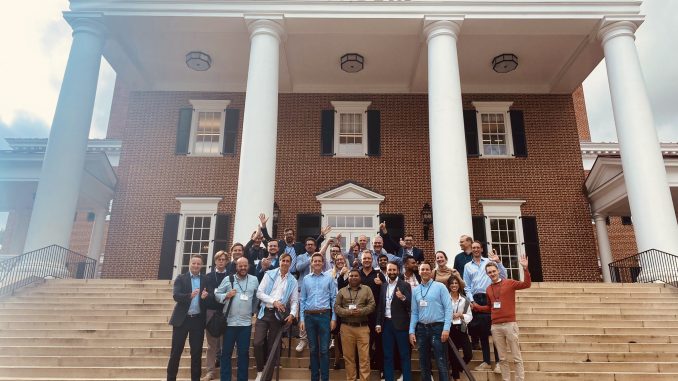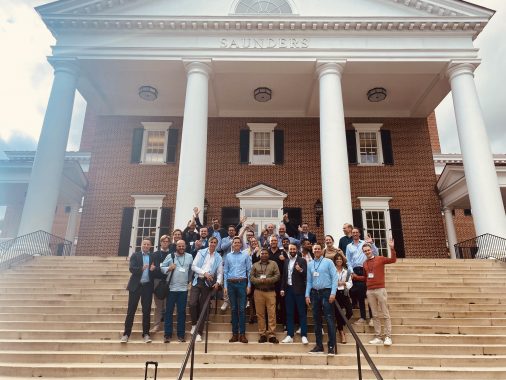

I grew up in a company founded by my father that went from a classical German “Ein-Mann-Betrieb” (one-man business) to a global leader in bridge access technology. Inventiveness and entrepreneurship are practically ingrained in me. Constant adaptation, combined with change and development, flexibility, and improvisation were the norm of my childhood.
However, it’s no secret that what is often summed up by the word innovation (fondly referred to as innovation pressure) is omnipresent in an established business, but easier said than done. Disruptive innovations in various industries are indeed rapidly changing the global business landscape and creating new challenges and opportunities for companies. And yet, it seems that others are always one step ahead, more agile, more digital, and more innovative. A fact that was not enough for me.
ESMT Berlin has been with me for a few years now and quickly provided me with the solution to my problem: Olaf Plötner’s Bringing Technology to Market(BTM) program.
As part of the ESMT Women’s Scholarship for the BTM program, three modules in the world’s most important economic regions awaited me. I expected a lot of technology. And yet I got so much more.
After starting in Berlin at ESMT’s historically impressive headquarters, I was already on my way to Charlottesville, VA, in the United States a few weeks later. Reveling in the footsteps of Thomas Jefferson, we not only dealt with the so-called hidden champions and their strategies to succeed in global markets.
We also learned – in line with the goal of the BTM Center – how companies can maintain their position in the face of current challenges such as the changing competitive landscape and how they can successfully transform themselves digitally and sustainably despite new challenges such as nationalism, climate change, and the covid pandemic, which have a major impact on global trade (keyword deglobalization).
I spent the beginning of last November in Israel to complete the final module of the program. The focus was on leadership, culture, ethics, and yes, innovation.
Israel is known around the world as a “start-up nation” and is at the top of the list for the number of start-ups per capita – with 2,000 start-ups founded in the last ten years and another 3,000 small and medium-sized start-ups and high-tech companies.
In addition, due to compulsory military service, young people already receive further technical training during their military service and acquire a high level of responsibility and success orientation.
Launch it, develop it (and sell it)
Appreciatively also in cycles, the locations Jerusalem and Tel Aviv – so different in appearance and yet the same in their entrepreneurial culture and values, could not have been better chosen for this last module. It seems to me that the breeding ground for innovative, disruptive ideas as a basis for development and progress still exists here. And those who fail are richer – in experience. Mission first. Showing backbone. This is the only way the small country with a population of around 9.5 million believes it can stand up to the rest of the world.
Taking innovation to the next level
Trying to copy the Israeli ecosystem is probably doomed to failure. And yet I emerge so rich from my three modules.
Are there any other takeaways? Many. Beautiful moments? Countless. What did I get out of it? A hell of a lot.
Special thanks to the BTM 2022 cohort, ESMT Berlin and Olaf Plötner, 365 Farm Net Darden School of Business, Johannes Habel, Thomas J. Steenburgh, Daniel Murphy, June A. West, Robert L. Carraway, Bidhan L. Parmar, J. Samson Wollenberger Schevitz, Team 8, VW Kampus, 10D, Brig Gen Gal Hirsch, Ulf Schäfer, Ari Lavi, and Ephraim Goldstein.

It is true that culture plays a critical role in driving employee engagement, productivity, and overall business performance. I completely agree that a strong culture can have a positive impact on achieving strategic goals, as it creates a sense of purpose and alignment among employees. The author’s emphasis on the need for leaders to prioritize culture and actively nurture it is spot on. This article has given me a new perspective on the relationship between culture and strategy, and I highly recommend it to anyone interested in organizational management.
Well done and impressive Annette
BR Eric